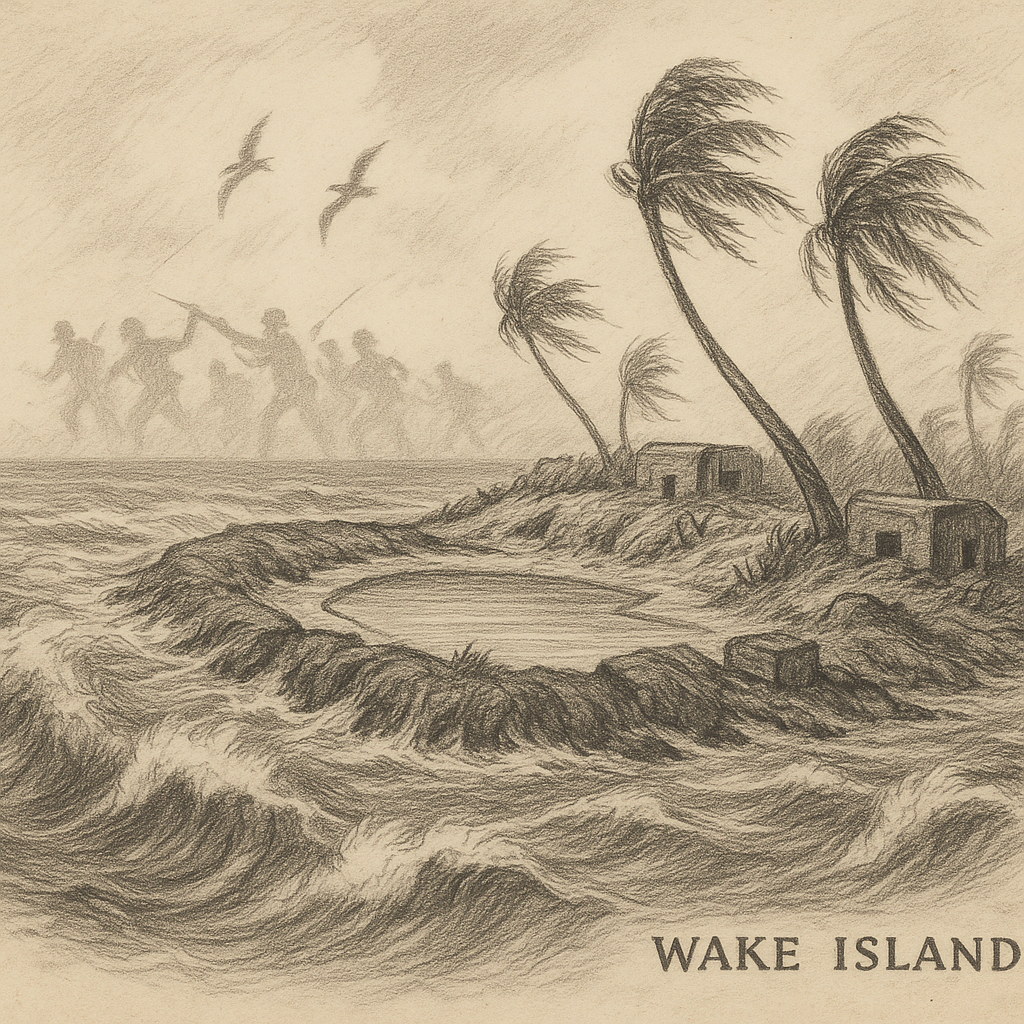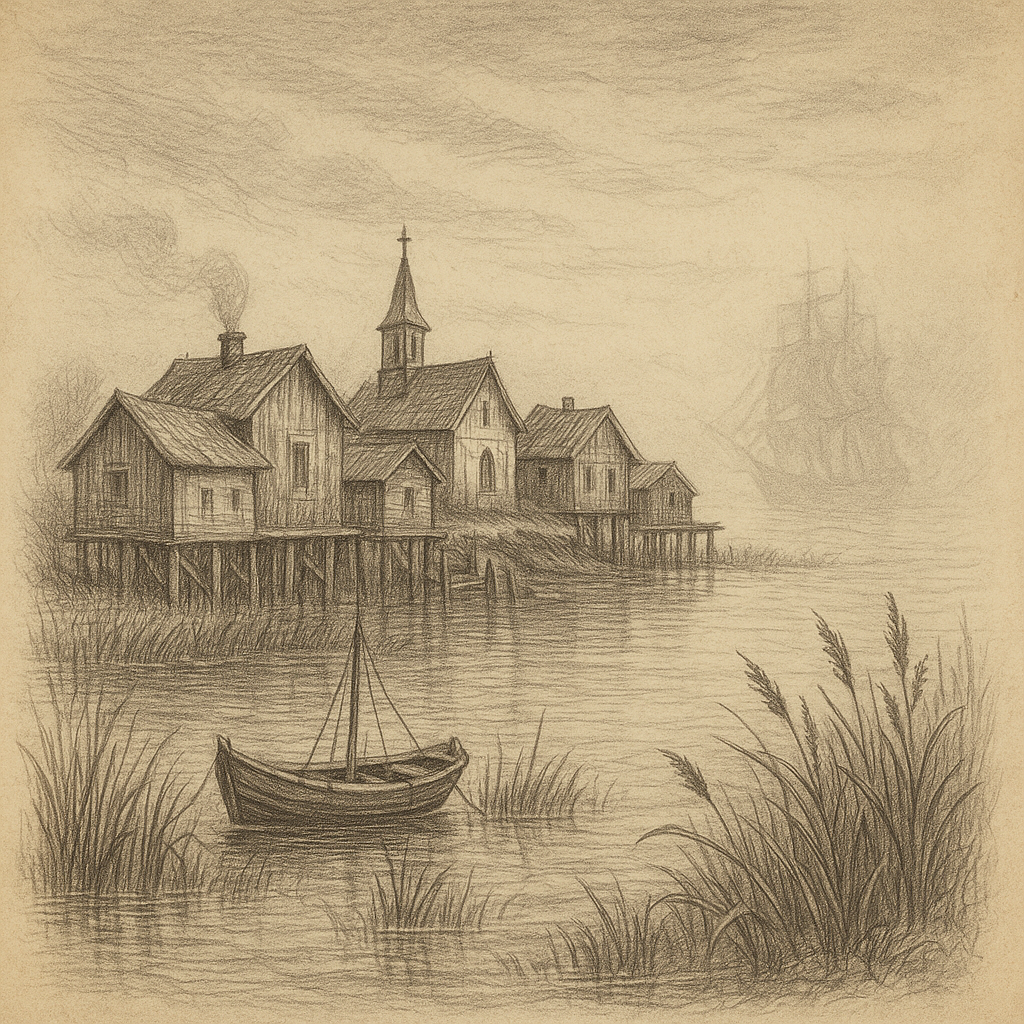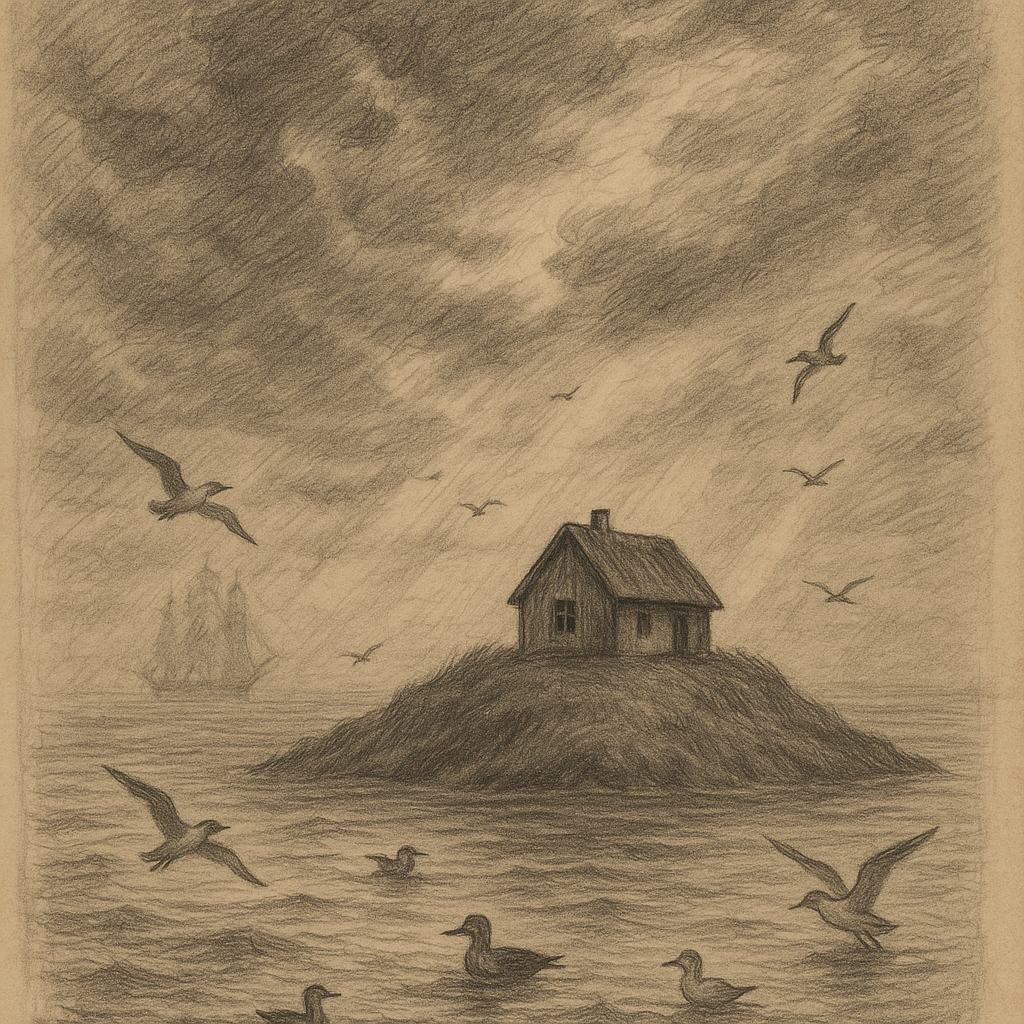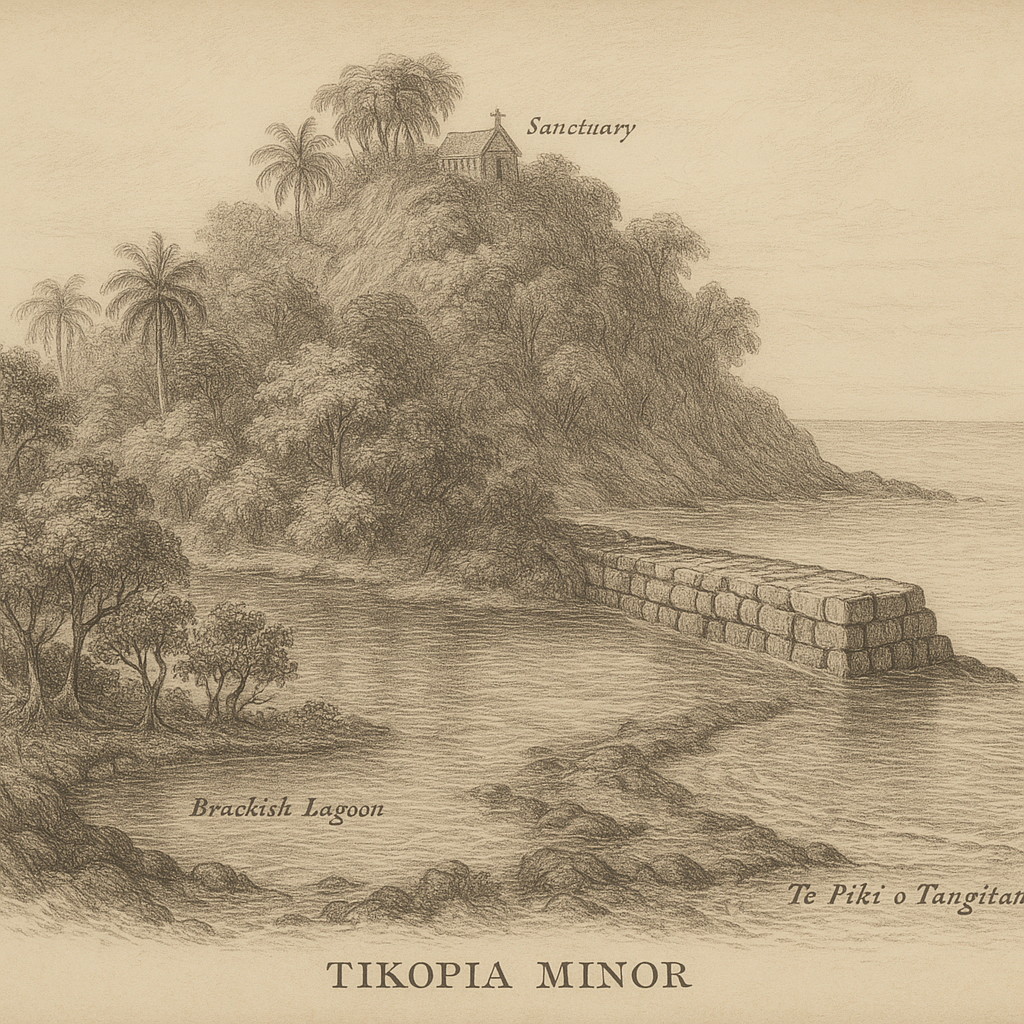Wake Island: A Remote Atoll in the Pacific
Located in the midst of the Pacific Ocean, Wake Island is an isolated coral atoll that holds a significant place in both natural history and military legacy. Though it remains uninhabited for the most part, its strategic importance, historical events, and distant beauty have given it a unique presence among the Pacific isles.
Wake Island, also referred to simply as “Wake,” lies approximately two-thirds of the way from Hawaii to Guam, placing it in the western Pacific Ocean. It is an unincorporated territory of the United States, administered by the U.S. Air Force under agreement with the Department of the Interior.
Geographically, Wake Island is a coral atoll consisting of three islets: Wake, Wilkes, and Peale. These islands surround a central lagoon and are part of a larger reef system. The total land area of the atoll is around 6.5 square kilometers, while the atoll’s total shoreline stretches for about 19 kilometers.
The atoll is situated on the peak of a seamount that rises thousands of meters from the ocean floor, part of an extensive underwater mountain range. Unlike volcanic islands formed by tectonic activity, atolls like Wake Island are made of coral reefs growing around the rim of a submerged volcano over millions of years.
Due to its mid-ocean location, Wake Island has a tropical climate moderated by ocean breezes. Average temperatures range from 26°C to 32°C throughout the year. The island experiences a wet season from July to October due to prevailing Pacific typhoons. Rainfall is often unpredictable and arrives in heavy tropical downpours.
The island has little natural freshwater and relies on caught rainwater and desalination to sustain any temporary human presence. Though the natural vegetation is limited due to the low elevation and poor soil, coconut palms and grasses prevail, along with some introduced plant species.
Wake Island is perhaps best known for its pivotal role in World War II. On December 8, 1941, just hours after the attack on Pearl Harbor, Wake Island was attacked by Japanese aircraft. U.S. military personnel and civilian contractors stationed on the island mounted a heroic defense, repelling the initial assaults and earning a place in wartime history.
However, after a prolonged fourteen-day siege, Japanese forces captured Wake on December 23, 1941. The island remained under Japanese control until the end of the war. During this time, many American prisoners were executed, and the site saw significant military fortification.
After World War II, Wake Island was reoccupied by U.S. forces and transformed into a strategic refueling station during the Cold War and for trans-Pacific flights. It also played a role during the Korean and Vietnam Wars as a staging area. Today, though it has no permanent residents, U.S. military personnel and contractors periodically deploy there for maintenance and strategic presence.
Despite its small size and isolation, Wake Island harbors a surprising diversity of wildlife. The surrounding coral reefs offer habitat to numerous species of fish, sea turtles, and invertebrates. The lagoon also supports various life forms due to its relatively undisturbed ecosystem.
Seabirds flock to Wake Island in large numbers, using its remote beaches as nesting grounds. Species observed here include sooty terns, red-footed boobies, and great frigatebirds. The atoll is an important stopover for migratory birds and is designated as the Wake Atoll Unit of the Pacific Remote Islands Marine National Monument.
Scientific observation and limited conservation efforts aim to protect this unique environment. Due to its status and location, access is heavily restricted, helping prevent environmental degradation and ensuring the survival of its delicate coral and birdlife habitats.
Over the years, Wake Island’s isolation has given rise to numerous curiosities and tales. The remains of World War II infrastructure—gun emplacements, bunkers, and airstrips—can still be found slowly being overtaken by nature. There are relics of the Pan American era as well, when “Clipper” flying boats stopped at Wake to refuel on their trans-Pacific passenger flights.
One of the island’s curiosities is its designation as the site of the International Date Line being temporarily shifted eastwards in wartime logistics—meaning it was “a day ahead” compared to U.S. mainland time zones, creating operational confusion. Wake Island also served as a secret holding and transit point during the early space program and was considered a potential emergency landing site for spacecraft.
Because of its remoteness and the events that occurred there during World War II, Wake Island has become the subject of several legends and ghost stories. Island lore says that the restless spirits of the American civilians who were executed by Japanese forces still linger in the deserted airfields and bunkers.
Some visitors and military personnel have claimed to hear phantom footsteps, eerie whispers at night, or the sound of distant gunfire. One of the most retold legends involves sightings of a silent figure, believed to be a trapped soul, walking the island’s abandoned runway at twilight. Though such accounts are anecdotal, they have become part of the island’s mystique, merging history and myth.
Today, Wake Island remains off-limits to the general public. All visits require authorization from the U.S. Air Force. The island is occasionally used for emergency landings and weather observation, and it holds vital infrastructure, including a 3,000-meter-long runway.
Preservation efforts focus not just on maintaining operational infrastructure but also protecting the fragile coral reef ecosystems and native wildlife. Wake Island’s past has left its mark in war memorials scattered across its surface, silent witnesses to its strategic role and human cost.
Though forgotten by many, Wake Island stands as a quiet sentinel in the Pacific, a place where history meets nature in a timeless equilibrium.



